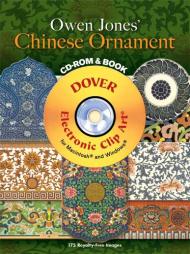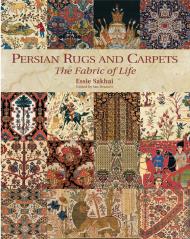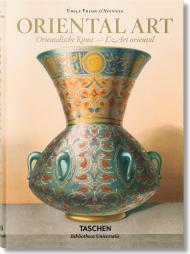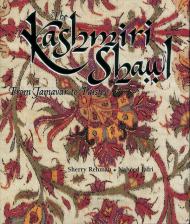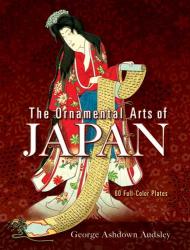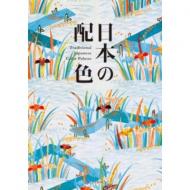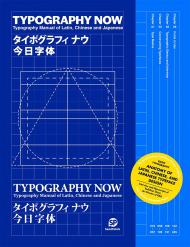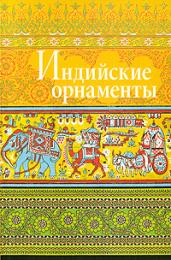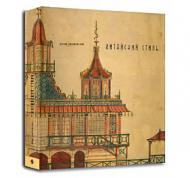An introduction to the Japanese art of living of Ogata through the vision of its founder, Shinichiro Ogata.
As an expert in the cultures and traditions of ancient Japan, Shinichiro Ogata has dedicated himself to a contemporary reinvention of this solemn yet simple ideal of a harmonious life. His eponymous spaces in Japan and Paris are at once a tea salon, pastry shop, restaurant, bar, art gallery, and crafts and housewares store where every element is infused with a pared-back, refined style, holistically in tune with surroundings and nature.
Beautifully printed, this elegant volume provides a comprehensive overview of Japanese art of living, with chapters on tea, cuisine, wagashi (traditional confections), crafts, fragrance, and floral art. Readers are invited to consider a new outlook, nourished by millennia-old traditions and materialized through exquisite objects and sensorial experiences. Each section explores the details and innovative possibilities for deeply rooted traditions as well as the social and aesthetic rules that sustain them, while beautiful photographs showcase Ogata’s signature design as well as its flagship Paris space. Written in the first person, Shinichiro Ogata’s text offers a deeper understanding of his creative process and unique aesthetic vision. This is an exquisite book for aficionados of Japanese refinement and craftsmanship.
About the Authors:
Shinichiro Ogata is a Japanese designer. He founded Simplicity Co., Ltd. in 1998, a multidisciplinary company with activities ranging from a design studio to tea, cuisine, wagashi, crafts, and other fields. Ogata opened in Paris in 2020. Dennis Paphitis is the founder of Aesop. Kei Osawa is a French-Japanese researcher and curator at the University Museum, the University of Tokyo.
_____________
Пролистать книгу Ogata: Reinventing the Japanese Art of Living на сайте издательства.


